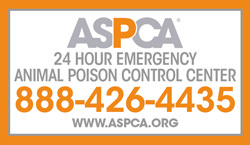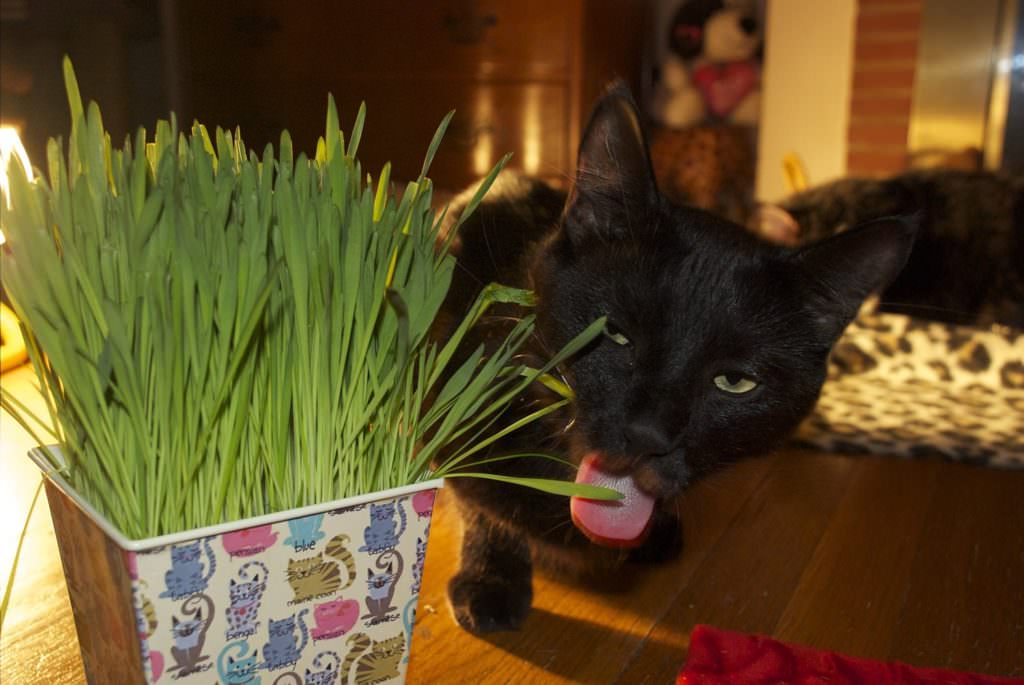Many of us like to keep a few houseplants around. It’s comforting to have splashes of green life around the house, especially in the middle of winter. If you’ve got both houseplants and cats, chances are pretty good that you’ve caught your cat gnawing on the plant’s leaves every now and then.
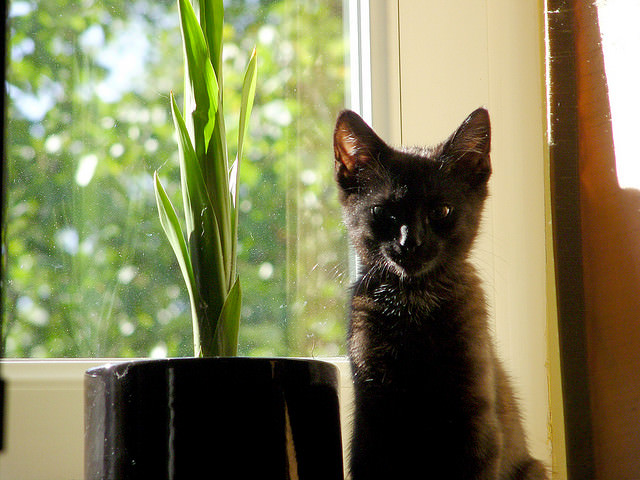
Image: Dominika Komender @ Flickr
As obligate carnivores, it can seem strange that a cat would want to eat plants. You may be surprised to learn that it’s not only a natural act, but may also be instinctual. Experts on feline health and behavior have differing opinions about exactly why cats love to munch on plants, but here are the top thoughts:
- Cats like the fibrous texture of plants, so chewing on them is simply a fun and pleasurable experience.
- Many plants have leaves that wiggle from a breeze of vibrations in the floor. Even the slightest wiggle can activate your cat’s hunting instincts.
- Eating green matter often causes cats to vomit. Because of this, cats with upset tummies may eat plants as an instinctual release from discomfort or pain.
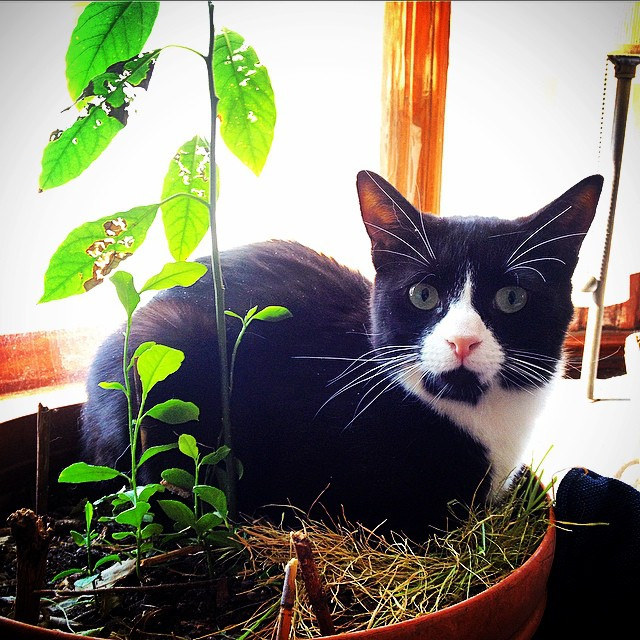
Image: Tommy Miles @ Flickr
What are the dangers?
When it comes to houseplants, the dangers go beyond some shredded leaves. Many common houseplants can be poisonous to your cat– resulting in drooling, vomiting, diarrhea, kidney failure, and even death.
If you have a cat, it’s your responsibility to make your home a safe environment. That starts by getting rid of any plants that are toxic to cats. Remember, it’s in your cat’s nature to be curious and cats use their senses of taste and touch to explore their environments. If you’ve got houseplants, chances are good that your cat will give it a nibble at some point. With some plants– lilies, for instance– all it takes is a nibble to put your cat at risk for acute kidney failure.
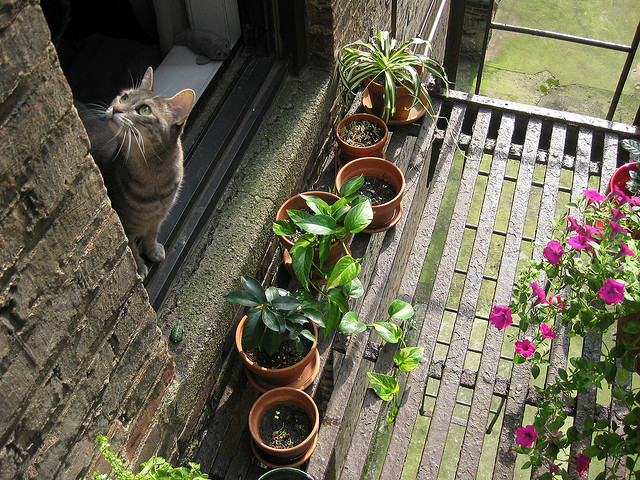
Image: Kristine Paulus @ Flickr
Take some time to study the ASPCA’s toxic plant list, which can be sorted alphabetically to quickly reference the plants in your home. The list warns against popular plants like lilies, English ivy, and tulips.
Always keep the 24-hour Animal Poison Control Center number on hand for emergencies. When it comes to poisoning, every second counts.
Image: ASPCA
How can you keep your cat safe?
The easiest way to keep your cat safe from toxic houseplants is to understand which ones are toxic and to remove the danger from your home. Never assume that your cat can’t reach a plant on a high shelf or in a window sill. What I’ve learned about cats over the years is that when there is a will there is a way. Why tempt your cat with something so risky?
Gift your toxic plants to an animal-less friend or family member and replace then with plants that are safe for your cat, just in case she gets curious. In addition to the comprehensive list of toxic plants, the ASPCA has also compiled a list of safe alternatives. The list includes popular houseplants such as spider plants, bamboo palm, and African violets.
Image: Priscilla’s Pet Products @ Amazon
Of course, just because your cat loves nibbling on plants doesn’t mean your beautiful houseplants have to get shredded. Cats can usually be swayed away from undesirable behavior simply by being given a better alternative. Consider growing a pot of cat grass or cat nip for your kitty and leave it in a place that’s easily accessible to her. She may not be as drawn to your potted plant if she has a more alluring and accessible plant of her own.

